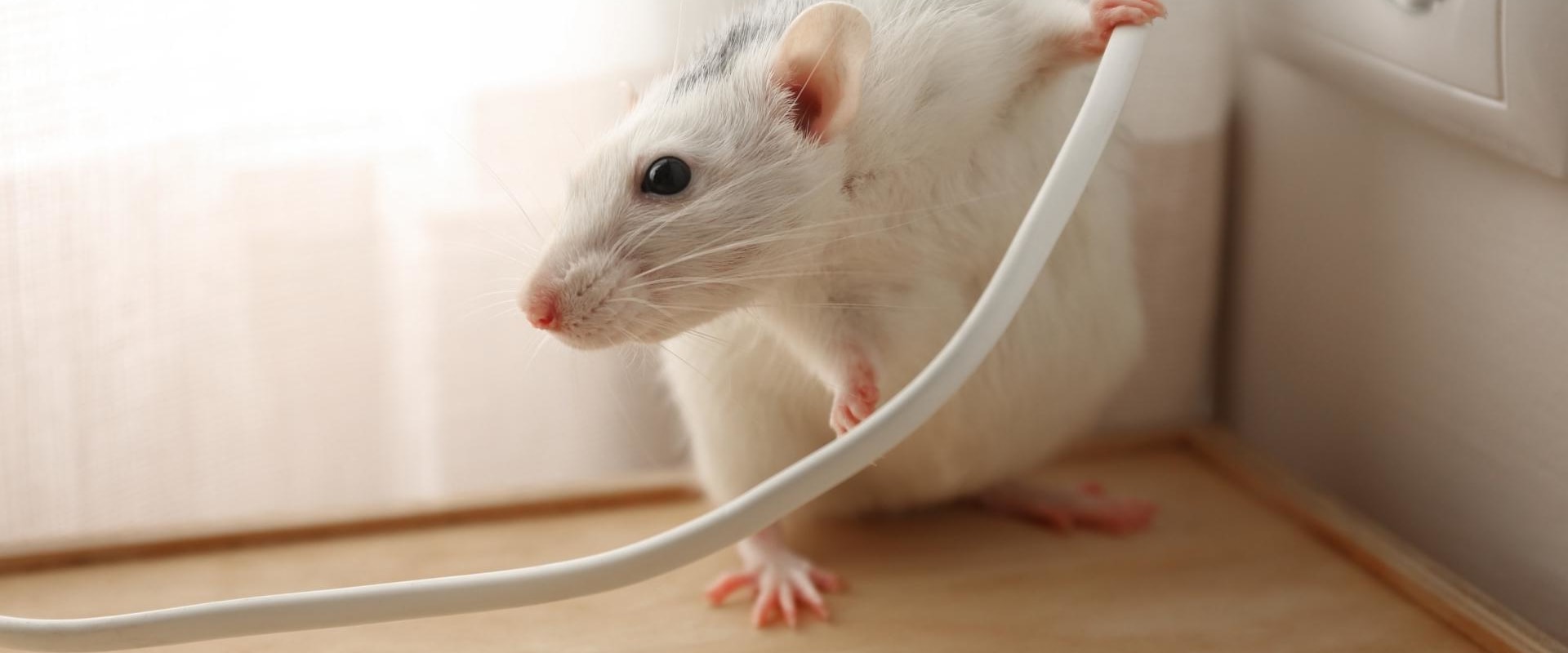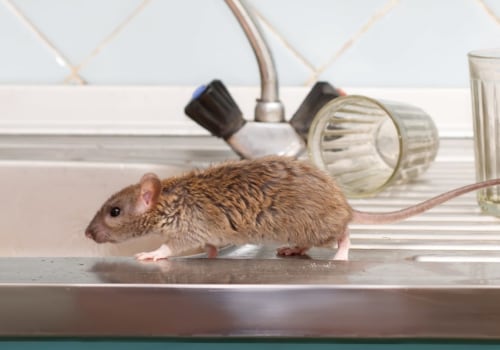Ultrasonic pest repellents have gained popularity as a non-toxic, chemical-free solution to keeping unwanted rodents and insects out of homes and businesses. These devices emit high-frequency sound waves that are meant to disturb and deter pests, driving them away from treated areas. While the concept sounds appealing, many homeowners and pest control experts question whether ultrasonic repellents are truly effective in eliminating or preventing infestations. Scientific studies on these devices have yielded mixed results, with some suggesting a temporary effect on certain pests while others indicate little to no impact. Understanding how ultrasonic repellents function, their limitations, and alternative pest control methods can help homeowners make informed decisions about managing pest issues.
How Ultrasonic Pest Repellents Are Supposed to Work
The premise behind ultrasonic pest repellents is based on sound frequency. These devices typically operate at frequencies beyond the range of human hearing, usually above 20 kHz. The sound waves are intended to create an uncomfortable environment for pests such as rodents, cockroaches, ants, and mosquitoes, disrupting their communication, navigation, and feeding behaviors. The idea is that prolonged exposure to these sound waves will drive pests away from the affected area, making ultrasonic repellents a humane and eco-friendly alternative to traditional traps or chemical treatments. Many manufacturers claim that their devices cover large areas and can effectively reduce pest populations without the need for poisons or bait.
Scientific Studies and Effectiveness
Despite the marketing claims, scientific research on the effectiveness of ultrasonic pest repellents remains inconclusive. Some studies have shown that certain pests, particularly rodents, may exhibit initial avoidance behavior when exposed to ultrasonic frequencies, but they often adapt to the sound over time, rendering the repellent ineffective. Other research indicates that insects such as cockroaches and mosquitoes are largely unaffected by ultrasonic devices, as they rely more on chemical and heat cues rather than sound for survival and reproduction. The variability in results suggests that while ultrasonic repellents may work under specific conditions, they are not a guaranteed solution for long-term pest control.
Limitations and Common Complaints
One of the primary limitations of ultrasonic pest repellents is that sound waves do not travel effectively through walls, furniture, or other solid objects. This means that pests can simply relocate to areas where the sound waves do not reach, reducing the overall effectiveness of the device. Additionally, certain pests may not be affected at all, depending on their species and adaptation abilities. Many homeowners report mixed experiences, with some noticing a temporary reduction in pest activity and others seeing no difference whatsoever. The lack of consistent results has led to skepticism among pest control professionals, who often recommend more proven methods such as sealing entry points, using traps, and applying targeted treatments.
Integrating Ultrasonic Repellents with Professional Pest Control
While ultrasonic devices alone may not be a foolproof solution, they can be used as part of a broader pest control strategy. When combined with proper sanitation, habitat modification, and professional pest management, ultrasonic repellents may contribute to reducing pest activity in specific situations. However, relying solely on these devices without addressing the root cause of an infestation is unlikely to yield lasting results. Homeowners dealing with persistent pest problems often turn to professional services like Critter Bros LLC, which offer comprehensive pest control solutions that target the source of infestations and prevent future occurrences. By working with experts, homeowners can develop customized plans that incorporate a combination of exclusion techniques, safe treatments, and ongoing monitoring for effective pest management.
Conclusion: Are Ultrasonic Pest Repellents Worth It?
Ultrasonic pest repellents may offer a temporary deterrent effect for certain pests, but they are not a standalone solution for serious infestations. Scientific studies and real-world experiences suggest that their effectiveness is inconsistent, with many pests adapting to the frequencies over time or finding ways to avoid exposure. While these devices may complement other pest control measures, they should not be relied upon as the sole method for keeping homes pest-free. Homeowners looking for reliable pest management should consider integrating professional services, sealing entry points, and maintaining proper sanitation to achieve long-term results.




